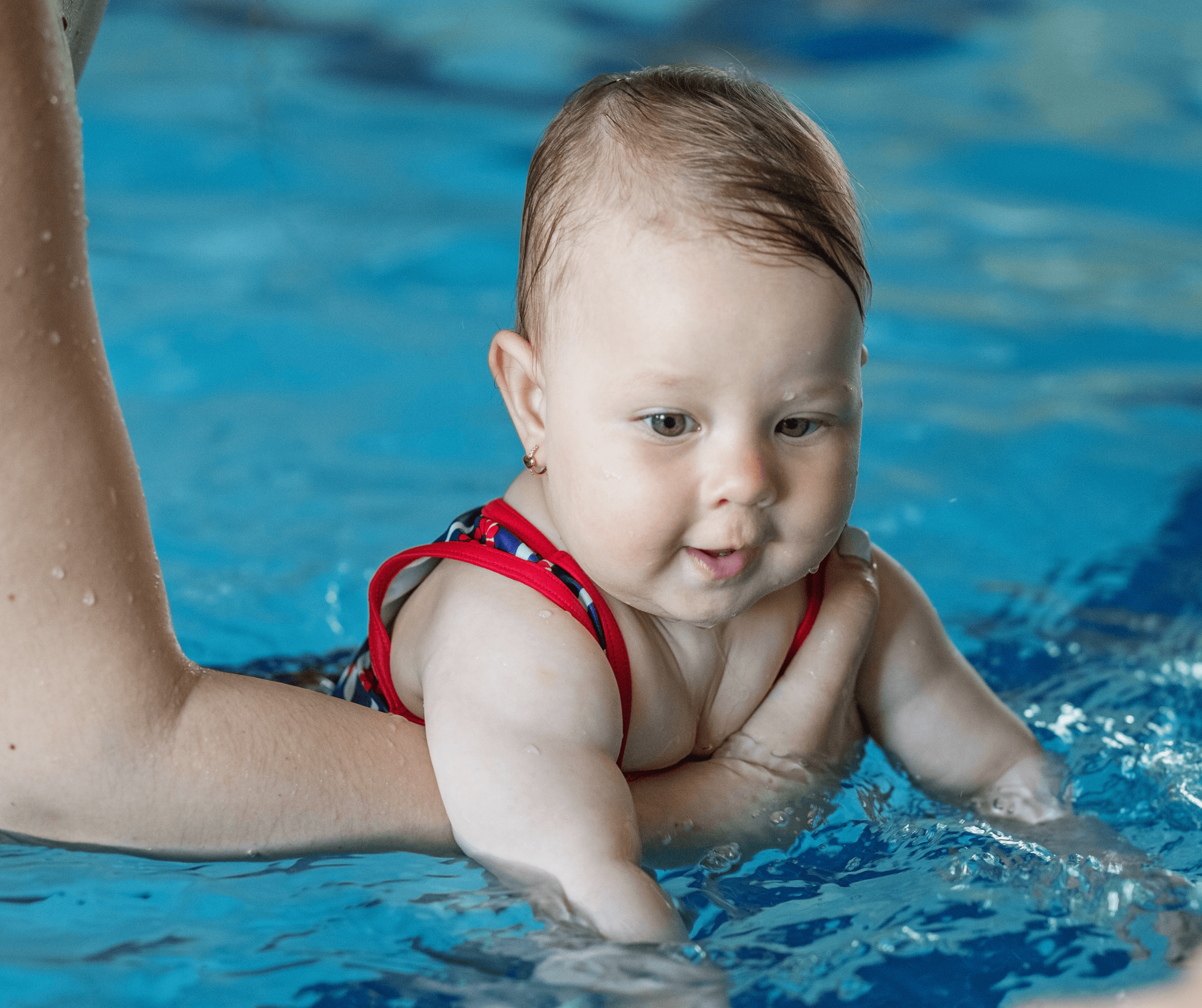
All parents know that when it comes to kids’ favorite summer activities, swimming is often at the top of the list. We understand that some parents may have concerns and questions regarding swimming after ear tube placement.
If your question is, “Can my child swim with ear tubes?” The answer is yes.
To answer this question more thoroughly and provide helpful insight, we’ve developed a guide with tips and resources to help parents better understand how to safely swim with ear tubes.
Ear infections in children are the most common reason families visit their pediatrician’s office each year in the United States. Studies show that 75% of pediatric patients will have at least one ear infection by the time they are 3 years old, and 1 in 15 children will have ear tubes placed.1
Ear tubes, also known as tympanostomy tubes, are very small, hollow tubes that are placed in the eardrums. They are often recommended for children who develop repeat ear infections in a short period of time. Ear tubes help drain fluid from the middle ear and equalize pressure, helping reduce the risk of future ear infections and improving hearing that is decreased due to fluid in the middle ear.
Most commonly, ear tube placement is performed in an operating room setting, which involves fasting, pre-operative requirements and general anesthesia. The process may take up to a full day with post-recovery care and at-home monitoring.
There is also an alternative to ear tube surgery, called the “Hummingbird procedure.” Ear tube placement with the Hummingbird is performed in an ENT’s office without general anesthesia. Children undergoing the Hummingbird procedure receive a topical numbing medicine, allowing them to be awake during the process. Completed in minutes, recovery time is typically not required and children may return to normal activities immediately following treatment.2
Regardless of how ear tubes are placed, swimming with ear tubes is generally considered safe. However, it is recommended that parents take precautions to avoid infections of the ear when enjoying the water.
Below are some helpful guidelines and tips for families.
With any medical procedure, there should be a period of downtime for sufficient recovery; this is no different after ear tube placement. Typically, the surgeon will recommend at least a day of recovery before your child can swim with tubes in their ears.3
When the head is submerged underwater, there is a possibility that water may make its way to the eardrum. If the eardrum contaminated, this fluid can cause an infection leading to pain and ear drainage. The longer the head is submerged, or the deeper the swimmer goes (e.g. diving), the higher the likelihood that water will enter the eardrum.
While ear tubes are in place, children do not always need to wear ear plugs for swimming and bathing. However, recommended ear protection can be particularly helpful in the following situations:
There are several types of soft ear plugs or ear putty available, as well as neoprene headbands to cover the ears. Never use Play-Doh or Silly Putty as an ear plug — these materials can become trapped in the ear canal and even require surgical removal.4
When ear tubes fall out, water precautions are often unnecessary as the opening in the eardrum is no longer present. However, a medical provider should assess the ear to ensure that the perforations have completely healed. If there is still an opening where the tube used to be, parents should continue to take precautions while children are swimming.
Remember to consult with your surgeon, ENT or healthcare provider for personalized advice and guidance on swimming with ear tubes or other ear-related concerns.
Keeping these tips in mind, swimming with ear tubes doesn’t need to change your child’s ability to enjoy the water.
Contributors
Thank you to our contributing author, Dr. Theodore O. Truitt of St. Cloud Ear, Nose & Throat.
References
1) National Institutes of Health; Ear Infections in Children; 2022.
2) Overall procedure times vary.
3) The Center for Minimally Invasive Surgery; When Can I Swim After Ear Tube Placement or Removal; 2022.
4) American Academy of Otolaryngology-Head and Neck Surgery (AAO-HSN); Clinical Practice Guidelines: Patient information for Ear Tubes – A Caregiver’s Guide. 2022.
5) Children’s Health; How to Get Rid of Swimmer’s Ear. Tips for Preventing and Treating this Painful Ear Infection; 2023.